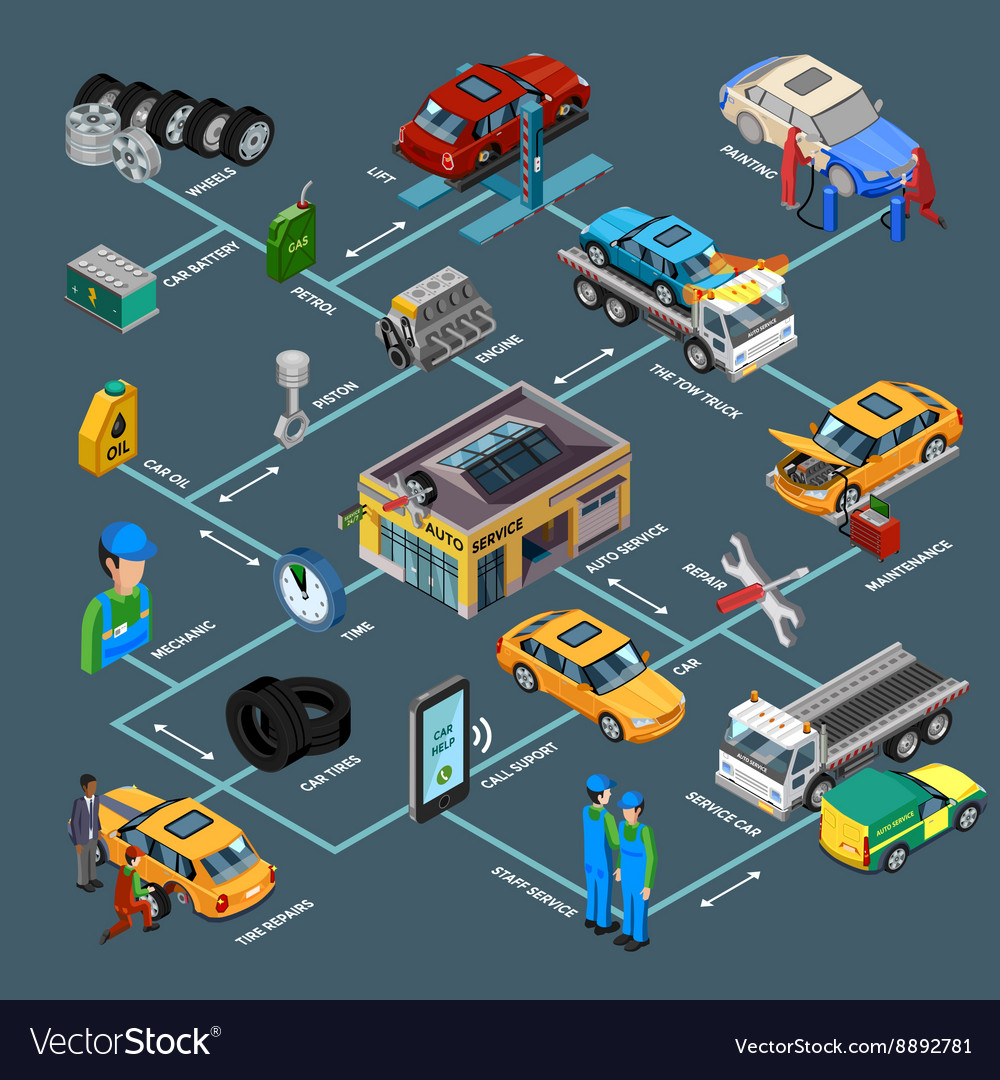Open The Hood To Reveal Usual Brake System Concerns And Their Repairs, However What Concerning Squishy Brake Pedals? Figure Out The Solution In Advance! Discover More Listed Below
Open The Hood To Reveal Usual Brake System Concerns And Their Repairs, However What Concerning Squishy Brake Pedals? Figure Out The Solution In Advance! Discover More Listed Below
Blog Article
Web Content Created By-Overby Bjerring
When it comes to your car's brake system, understanding typical problems can conserve you from possible safety and security hazards. From recognizing brake pad wear to dealing with brake fluid leaks, knowing how to take on these issues is essential. However what about those spongy brake pedals? There's a repair for that as well. Stay tuned to learn more regarding these problems and the sensible options that can maintain you securely when traveling.
Brake Pad Wear and Replacement
When it concerns keeping your car's brake system, one crucial facet to watch on is the wear and substitute of brake pads. Brake pads are crucial parts that push against the brake blades to reduce or quit your vehicle. In time, these pads wear down because of friction, needing routine examination and substitute to guarantee your brakes work properly.
To identify if your brake pads require replacement, listen for screeching or grinding noises when you use the brakes. In addition, if your car takes longer to stop or you notice resonances or pulsations when stopping, it might be time to change the brake pads.
Overlooking used brake pads can lead to reduced braking performance, damages to various other brake parts, or perhaps brake failure.
Changing brake pads is a reasonably uncomplicated procedure for numerous lorries. However, if you're unclear or uncomfortable doing this task, it's best to consult a specialist technician to make sure correct setup and optimal brake efficiency.
https://gunnernhcwq.bloggactif.com/31120984/a-crucial-reference-book-highlighting-the-essential-tools-existing-in-every-cars-and-truck-repair-shop-discovering-the-techniques-for-ideal-automobile-maintenance and replacing brake pads is essential for your safety and the longevity of your vehicle's stopping system.
Brake Liquid Leaks and Upkeep
To guarantee your lorry's brake system works ideally, it's important to likewise take notice of brake fluid leakages and upkeep. Brake fluid is vital for transferring the force from your foot on the brake pedal to the real stopping mechanism. One typical concern with brake fluid is leaks, which can occur as a result of shabby brake lines, seals, or links. If see it here notice a puddle or drips under your vehicle, it's necessary to address the leakage without delay to prevent a potential brake failure.
Routinely checking your brake liquid level is key to maintaining your brake system. Reduced brake liquid can result in air entering the brake lines, which jeopardizes braking performance.
Furthermore, old or polluted brake fluid can influence the general performance of your brakes. It's advised to follow the manufacturer's guidelines on when to alter the brake fluid, generally every 2 years.
Spongy Brake Pedal: Bleeding Brakes
If you have actually ever experienced a squishy brake pedal while driving, you understand the importance of maintaining a firm and responsive braking system. One typical cause of a spongy brake pedal is air caught in the brake lines. When air gets in the brake system, it can lead to a loss of hydraulic stress, resulting in that upsetting mushy feeling when you push the brake pedal.
To solve this concern, hemorrhaging the brakes is necessary. Bleeding the brakes entails getting rid of the air from the brake lines to restore appropriate hydraulic pressure.
To bleed the brakes, you'll require an assistant to aid you. Beginning by situating the brake bleeder shutoff on each wheel, commonly located near the brake caliper. With a wrench, loosen the shutoff and have your assistant press the brake pedal while you observe any kind of air bubbles appearing. Repeat this process for each and every wheel, starting from the wheel farthest from the master cylinder and relocating better.
Once you no longer see air bubbles and only clear fluid emerges, tighten up the valve and top up the brake liquid reservoir as needed. Bleeding the brakes helps ensure a company brake pedal and boosts overall braking performance.
Conclusion
Since you understand typical brake concerns and how to repair them, you can ensure your car's safety and efficiency. Bear in mind to pay attention for indication like screeching noises or squishy brake pedals, and resolve them immediately. Regular maintenance and timely replacements are essential to keeping your brakes in top condition. Keep positive and alert to your brake system to enjoy secure and trusted driving experiences.
